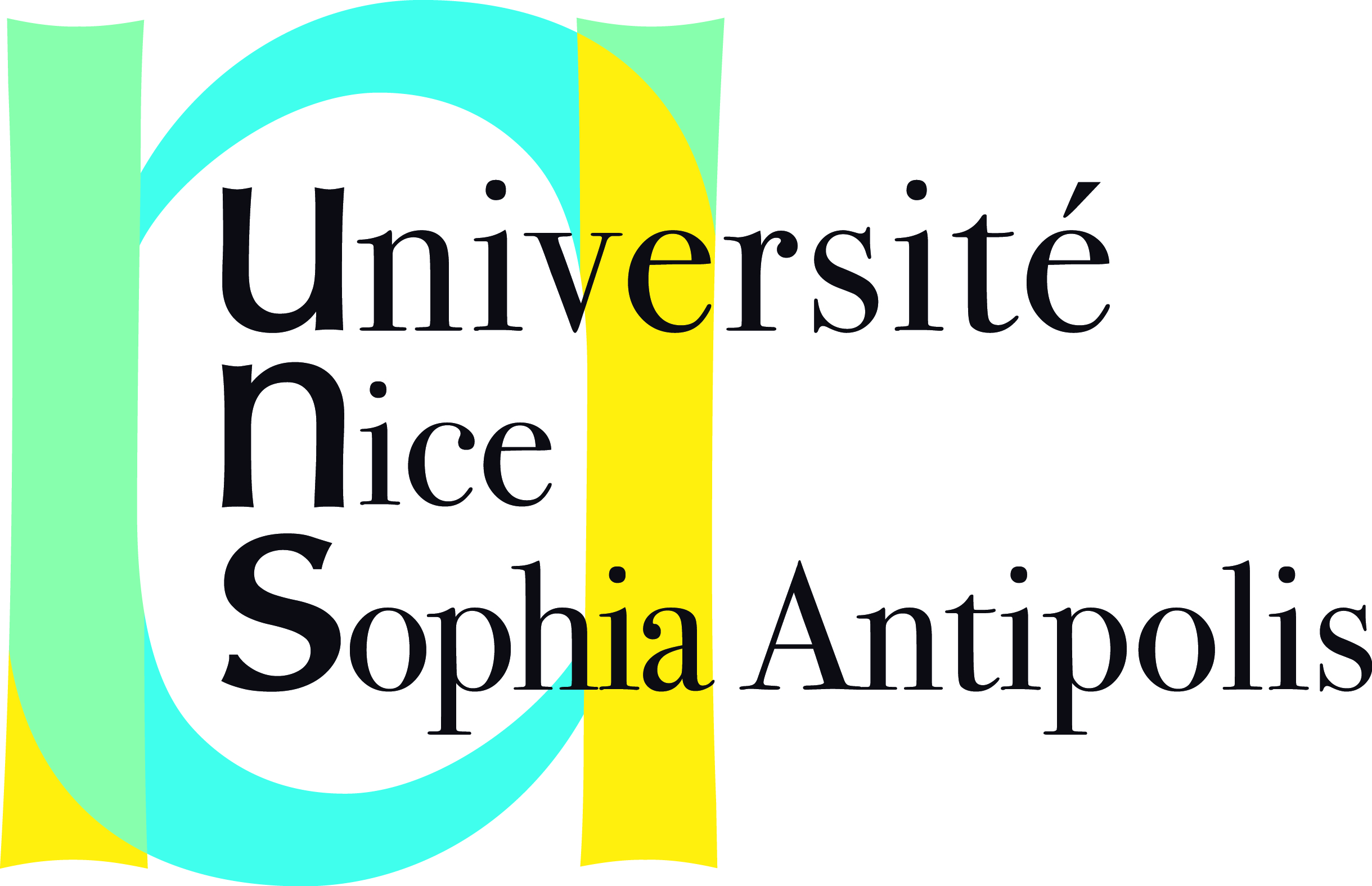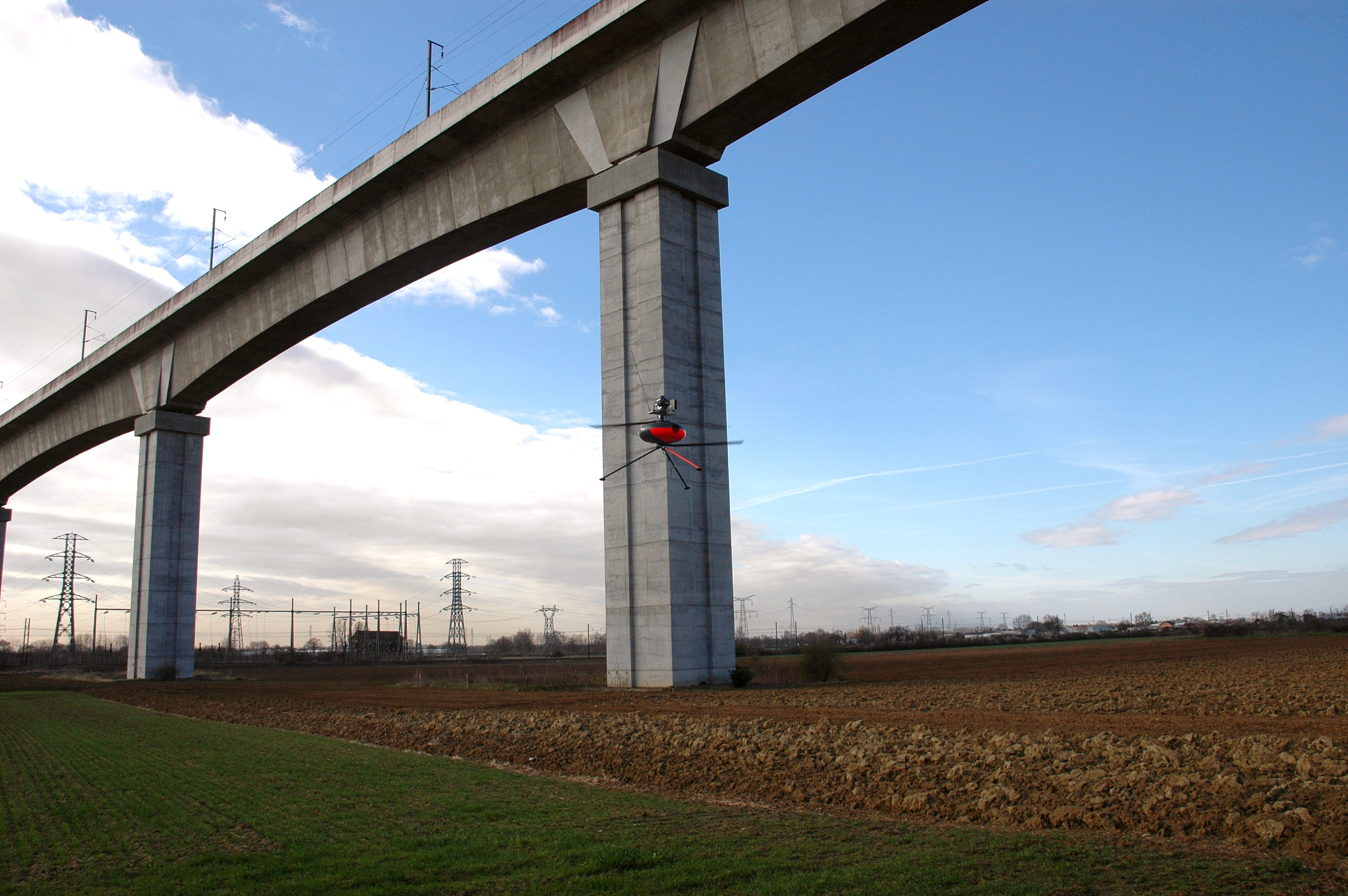TUAV - Tele-operation of unmanned aerial vehicles
An important motivation for the project is drawn from small-scale commercial applications associated with infrastructure inspection tasks. There is a vast number of dangerous, or difficult and uncomfortable inspection tasks that are undertaken in industry on a regular basis. For example, bridges, dams and other large scale civil infrastructure are inspected regularly for signs of damage or weakness. For a human to manually inspect the infrastructure, it requires expensive gantry equipment and a considerable investment of time and energy in providing a safe working environment. Often the actual inspection represents a negligible proportion of the cost of the overall procedure. A robotic vehicle that can replace the direct human presence in inspection tasks offers significant improvement in terms of health, safety and productivity. There is a considerable investment worldwide in the development of small-scale aerial vehicles that are ideally suited for inspection tasks. Existing systems, however, rely on highly trained operators and have only limited or none obstacle avoidance capability. Inspection tasks require the vehicle to approach close to the environment with the associated risk of collision, potentially damaging the infrastructure as well as destroying the vehicle. Due to payload limitations there is only a limited sensor suite that can be carried by an aerial robotic vehicle. By developing a sensor-based control framework, the project will contribute to develop key technologies for semi-autonomous and autonomous robotic vehicles to maneuver in cluttered environments for inspection and surveillance.
The TUAV consortium consists of two highly qualified technical partners which cover the entire spectrum of know-how necessary to carry out the planned project. They are among to the technological leaders in their corresponding domains. Over the last years, all partners have continuously developed state-of-the art techniques in various areas including UAV design, control, perception and visual servoing. Between the individual partners there are overlapping interests and competencies which guarantee that the interfaces are well understood which facilitates the collaboration of the individual partners. Therefore, the integration of these partners in the TUAV consortium will lead to a substantial synergy effect that will provide innovative solutions to the challenges addressed in this project. It will generate new concepts and technologies and result in the first demonstration of truly practical inspection procedure, carried by a team of a human and a UAV.
 |
 |











